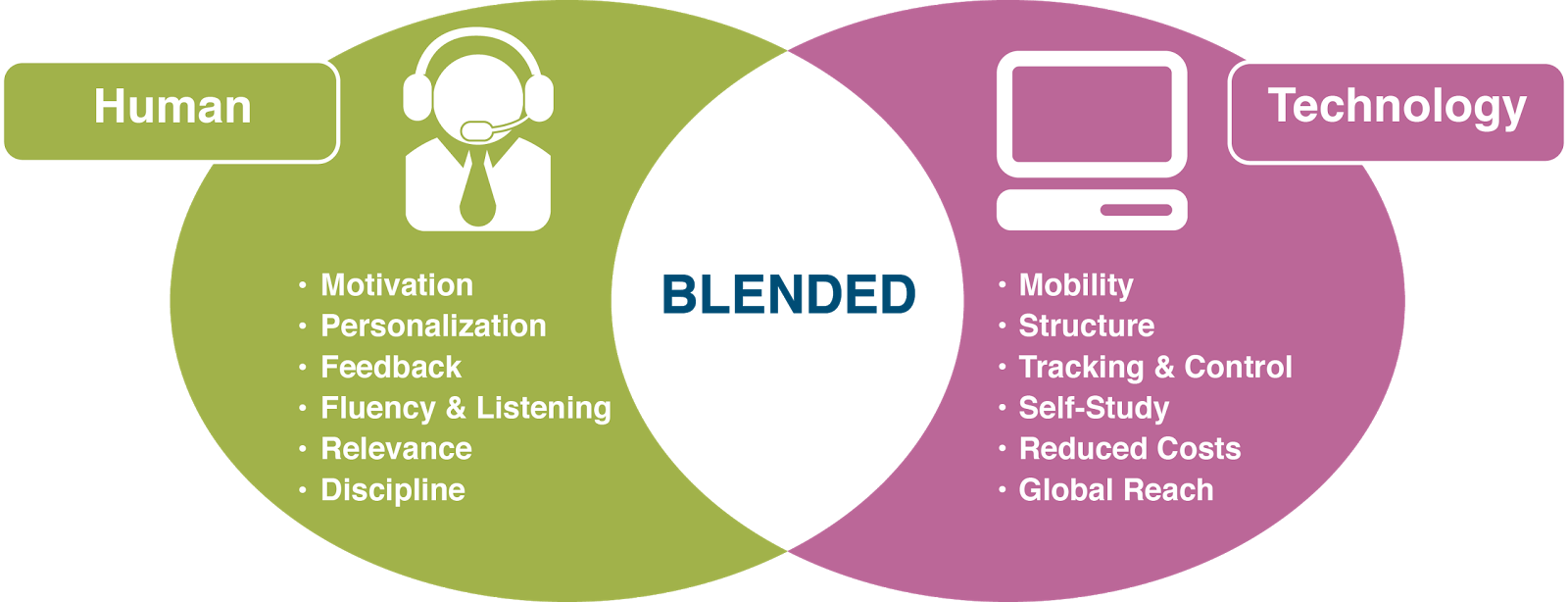Does ICT-enhanced learning really work?
The educational effectiveness of ICTs depends on how they are used and for what purpose. And like any other educational tool or mode of educational delivery, ICTs do not work for everyone, everywhere in the same way.
Enhancing access. It is difficult to quantify the degree to which ICTs have helped expand access to basic education since most of the interventions for this purpose have been small-scale and under-reported. One exception is the television-based project Telesecundaria (discussed in a previous section), which in 1997-98 was serving over 750,000 junior secondary students in 12,000 centres in Mexico. In Asia and Africa, assessments of distance learning projects at the junior secondary level using a combination of print, taped, and broadcast technologies have been less conclusive, while at the primary level there is little evidence that ICT-based models have thrived. In higher education and adult training, there is some evidence that educational opportunities are being opened to individuals and groups who are constrained from attending traditional unhiversities. Each of the 11 so-called mega-universities, the biggest and most well-established open and distance institutions in the world (which include the Open University of the United Kingdom, the Indira Gandhi National Open University of India, the China TV University System, the Universitas Terbuka of Indonesia, and the University of South Africa, among others) has an annual enrollment of more than 100,000, and together they serve approximately 2.8 million. Compare that with the 14 million combined enrollment of the 3,500 colleges and universities in the United States.
Raising quality.The impact of educational radio and television broadcasts on the quality of basic education remains an under-researched area, but what little research there is suggests that these interventions are as effective as traditional classroom instruction. Of the many educational broadcast projects, the Interactive Radio Instruction project has been the most comprehensively analyzed. Findings provide strong evidence of the project’s effectiveness in raising the quality of education as demonstrated by increased scores on standardized tests as well as improved attendance.




